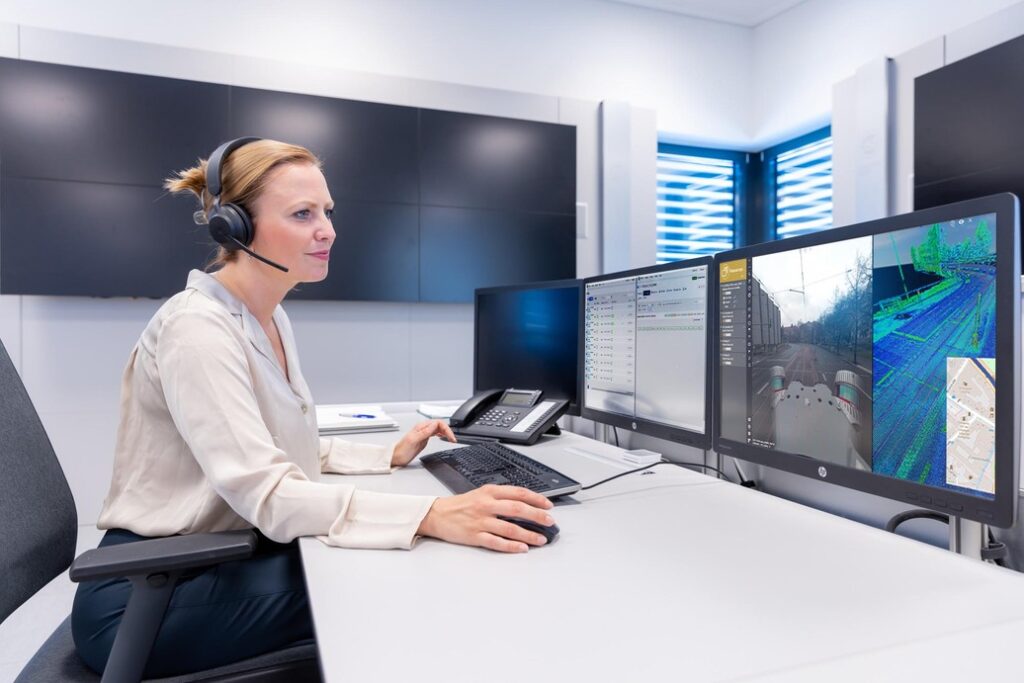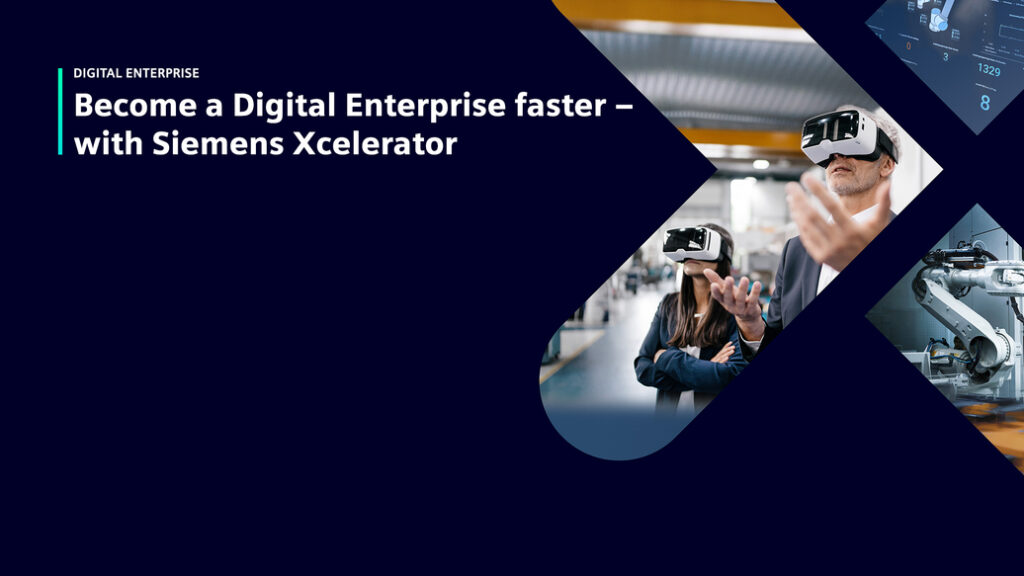Are you still fighting digital transformation?

Resistance to corporate digital transformation is still a reality even though the concept of simulation and digital technology has existed for decades, just not as a primary means for validation.
Take a look at the concept of a product twin before the idea of a digital twin existed. In the Apollo 13 mission, or the movie if it’s easier to remember, when the team in Houston was tasked with finding innovative ways of conserving power, oxygen and water while keeping the astronauts alive and a damaged spacecraft systems operational. Part of that process involved figuring out how to restart a command module that was never designed to be switched off in space.
The use of simulators helped. Creating a twin of the process proved the possibility.
Houston successfully brought the astronauts home.
The Apollo program didn’t have any of our modern digital tools. In fact, the smartphone you might be using to read this is more powerful than the guidance computer used in the Apollo 11 mission – the one that landed the astronauts on the moon.
It’s incredible the kinds of integrations that engineers back then had to do to make a rocket fly, not to mention using innovative and creative thinking to solve a problem that had to be relayed 100,000s of miles into space.
Fortunately, engineers now have access to a wealth of digital tools and technology to help turn their ideas of today into tomorrow’s innovation. There are many companies large and small using the power of digitalization to accelerate transformation, disrupt industries and create extraordinary new products faster and more efficiently.
So, if the comprehensive digital twin and digital transformation offer monumental benefits, why are so many still reluctant to embrace digitalization?
Solving the lack of trust in digitalization
As companies consider the digital transformation process, some of the most crucial factors surround the importance of culture and organizational change.
Some who have not yet adopted the digital twin or a digital transformation in their organizations are potentially in an analysis-paralysis phase. The thought of transitioning to a digital enterprise is so overwhelming that they choose to do nothing.
Part of the issue may stem from not knowing where to begin, or they don’t believe they can afford the investment of an infrastructure overhaul. So, what does it take to trust the digital twin and realize its value?
In a recent Talking Aerospace Today podcast, Dale Tutt, Vice President of Industry Strategy at Siemens Digital Industries Software, shared a story from earlier in his career when his team had been developing new simulations and having great success.
Tutt introduced simulation and validation to drive decisions long before it was standard practice. By starting small and realizing the capabilities of using a digital twin, the team and the customer he had worked with developed confidence in the results they were getting. It wasn’t just in how they were using the technology, but the processes they used to validate and maintain configuration control of their simulations, evaluate them and keep them up to date – all thanks to the digital twin.
You don’t have to change every aspect of the organization at once to become a digital enterprise. It’s about making incremental changes in the right direction. By introducing new digital technology slowly, you’ll allow time for the organization to realize its benefits and raise their level of confidence.
Realizing the integrity of the digital twin
Imagine you’re building a design for a customer based on their specific requirements. Imagine that one of those requirements is to validate performance over thousands of hours of life in a variety of conditions.
How do you test for that when it’s impossible to test in the physical environment?

You can’t simply test for the complete life, putting the product through every single possible condition, while also building all the possible combinations in terms of tolerances for the whole control system.
By starting with a virtual prototype, you can validate the model in every situation by creating a model based on a physical product, hence a digital twin. You can then take the model virtually through all the necessary scenarios to see how the product will perform. This will provide the confidence that the product’s systems will perform the way it’s intended.
Companies embracing the comprehensive digital twin are realizing the performance and integrity of their designs — they trust the use of virtual tests and require fewer physical tests. They’re discovering that the digital twin provides opportunities to integrate multiple domains, to learn about their interoperability, to make mistakes, and to optimize a product before they bring it into the real world.
How digital transformation encourages creative thinking
Engineers tend to spend a lot of their time looking for information, moving data and doing things manually, which takes away from the ideation and creativity that comes with product design and engineering. Engineers want to be creative, think of new things, analyze relevant information and data and make high-level decisions.

The idea of digital transformation and moving from a document-based way of working to a digital way of working opens the opportunity for high-level simulation and integration. This creates a more interesting, less tedious working environment for engineers.
The first step in the digital transformation journey is to go from doing things manually in documents to doing things digitally. The next step is to connect all these systems. One of our goals at Siemens is to help customers integrate their data and systems. This provides the digital backbone where the single source of truth resides and where data is easily shared.
If engineers and design teams can access that single source of truth and know they’re working on the latest iterations, they can spend their time with useful tasks instead of copying data to and from Excel spreadsheets or sifting for information in their email.
Digital transformation is intended to help solve the challenges of siloed data, repetitive, tedious manual tasks, to ensure the stakeholders have the right data and information available when they need it.
Shifting to a digital enterprise
The ultimate goal is to see real value in change and look for incremental value in improving your daily working environment. This will bring a sense of accomplishment to the team and help energize them as you move closer to a digital enterprise.
Siemens Xcelerator software for industry can help companies gain the confidence to realize the benefits of digital transformation. As a portfolio of software, services and low-code application platform, you can discover the right digital tools to ensure your engineers have access to what they need when they need it.
The Siemens Xcelerator as a Service brings the best-in-class software to your team’s desktops so they can access the project data and information from anywhere, anytime and from any device.
Digital transformation works best on your terms. Siemens Xcelerator offers a comprehensive digital twin to ensure you and your team has the single source of truth and an open ecosystem that enables co-creation between customers, Siemens, and certified partners ranging from the largest tech companies to independent software developers.
Learn more about Siemens Xcelerator and Siemens Xcelerator as a Service and find the approach to digitalization that best meets your needs.
Listen to the Talking Aerospace Today podcast: “The Power of the Digital Twin” (Ep. #2): Simulations, Supply Chains, and Sustainability.



